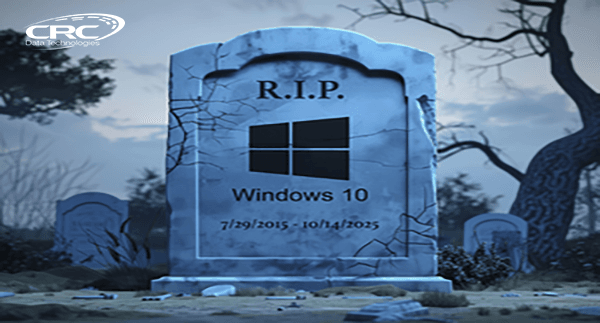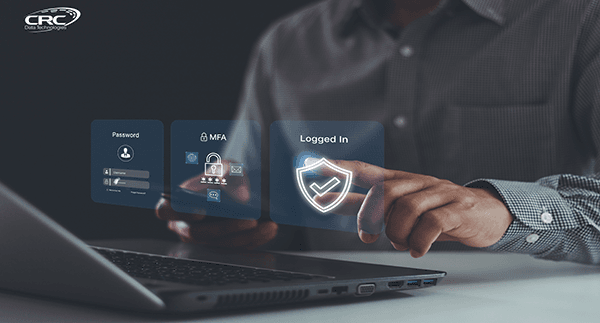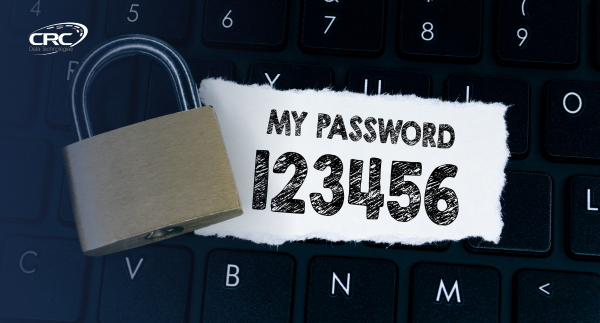The Rising Threat of AI-Driven Phishing and Deepfakes
Cyber threats are evolving faster than ever, and in 2025, businesses are facing a new level of danger driven by artificial intelligence (AI). Among the most concerning trends are AI-powered phishing attacks and deepfakes, which are pushing the boundaries of traditional security defenses. Here’s what you need to know about these emerging threats and how to protect your organization. What Are AI-Driven Phishing and Deepfakes? AI-Driven Phishing: Cybercriminals are using AI to craft highly personalized phishing emails, text messages, and social media messages. These messages mimic the writing style and tone of trusted individuals, making them far more convincing than generic phishing attempts. Deepfakes: Deepfake technology uses AI to create realistic fake audio, video, or images. Attackers can impersonate executives, employees, or business partners to trick individuals into transferring funds, revealing sensitive information, or granting unauthorized access. Real-World Examples CEO Impersonation Scam: A finance employee received a phone call from what appeared to be their CEO, instructing them to transfer funds to a supplier. The voice was generated using deepfake technology, leading to a significant financial loss. Email Spoofing with AI: Companies have reported phishing emails so convincing that even senior executives failed to detect the fraud. AI analyzed public data, like LinkedIn profiles and company announcements, to craft highly specific and believable messages. Why These Attacks Are So Dangerous Harder to Spot: Traditional phishing often has telltale signs like poor grammar or generic greetings. AI-driven attacks eliminate these red flags, making them harder to detect. Social Engineering at Scale: AI can automate social engineering tactics, targeting multiple employees with precision. Real-Time Impersonation: Deepfake technology enables real-time impersonation over phone or video calls, adding pressure and reducing skepticism during fraudulent requests. How to Protect Your Business Strengthen Employee Awareness: Conduct regular cybersecurity training with an emphasis on recognizing sophisticated phishing attempts and deepfake threats. Implement Verification Protocols: Always verify payment or sensitive requests through a secondary communication channel (e.g., call the person directly using a known number). Limit Public Information: Encourage employees to limit the sharing of sensitive work details on social platforms to reduce data available for attackers. Use Advanced Email Security: Employ AI-based email security solutions to detect anomalies and flag suspicious content. Adopt Voice and Video Verification: For high-value transactions, implement multi-step verification processes, including in-person or verified video confirmations. Stay Ahead of the Threat AI-powered cyber threats will only become more sophisticated. Proactive security measures and employee vigilance are crucial to staying one step ahead. Businesses that prioritize cybersecurity now will be better prepared to handle the evolving landscape of digital threats. For more guidance on securing your business against AI-driven phishing and deepfake attacks, contact our team at CRC Data Technologies. We’re here to help you safeguard your operations in this rapidly changing environment.
The Rising Threat of AI-Driven Phishing and Deepfakes Read More »











